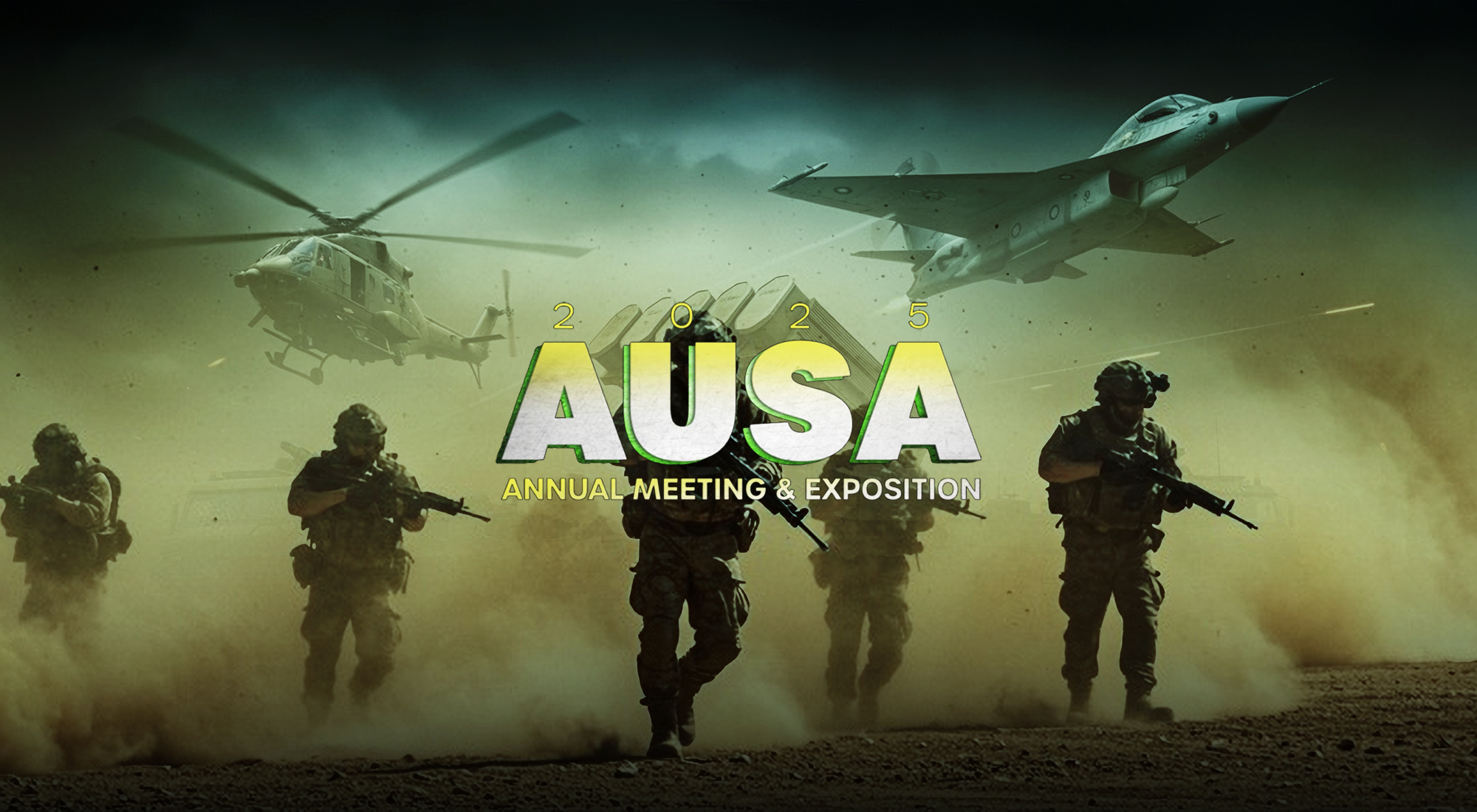Political organizations often play with history. Terrorist groups are, of course, organizations with political agendas and it should come as no surprise that the use and abuse of history as a tool also applies to Salafi-Jihadist terrorist groups like al-Qa’ida and Daesh/ISIS. Both organizations begin with sacred history and proceed to highlight that initial period of formative Islam from the time of Muhammad’s rule in Medina to the end of the era of the righteously guided Caliphs (622 to 661 A.D.). Sacred history also encompasses the Salafi-Jihadist gloss on future history, on their particular spin on the broad panoply of Islamic eschatology.
Sometimes the sacred, the historical and the eschatological can all be combined such as when Daesh talks about the “conquest of Rome.” This combines Hadith which could be about past historic events (the Muslims, but not the Arabs, finally did take “Rome,” meaning Constantinople, the capital of the Eastern Roman or Byzantine Empire, in 1453), history and possible future events. Arab Caliphs from the 8th century made repeated efforts to take the “city of Heraclius” (Constantinople) but the Islamic State and its supporters worldwide still see its conquest as a goal to be accomplished even though it is part of an overwhelmingly Muslim country. But then Daesh propaganda is replete with calling Westerners not just “Crusaders” but “Romans,” with even a past US president called “Obama, the dog of a Roman,” echoing that famous letter of Harun al-Rashid to Byzantine Emperor Nicephorus I in 802 A.D.
But between the age of the Prophet Muhammad and his “best” generation during his lifetime and that of the first four Caliphs (the Khulafa Rashidun) and the travail of today lies the overwhelming bulk of Islamic history, of the expansion of Islam, of its multifaceted reality, of reactions to it and of the rise and fall of empires. It is this period of more than thirteen centuries of Islamic history that Daesh largely ignores or distorts. It is this less prominent part of the Jihadist narrative, principally related to the words and images of the propaganda of the Islamic State, that I will focus on in order to try to understand how organizations such as Daesh use and abuse Islamic history.
As one scholar of the Nigerian Salafi-Jihadist group Boko Haram (which in 2015 swore fealty to the Islamic State) describes it:
“History is a narration of the past in such a way as to make sense of the present. Similarly, memory is conceived as the active and selective process of reconstructing the past for a particular purpose, irrespective of what is being remembered. Historical narrative becomes the framework through which members of socio-political and religious groups recall their past in relation to others.”
History for Salafi-Jihadist groups is always present in the background but rarely the sole focus. Even before the genesis of Daesh, al-Qa’ida founder and key ideologue Dr. Abdullah al-Azzam had tied the imperative of waging global jihad to the past, to the goal of regaining lost Muslim territories, not just Palestine, which would have been “lost” in 1948 but Spain, Al-Andalus, “lost” in 1492. And yet the bulk of al-Qa’ida attacks have nothing to do with either Spain or Israel.
But while al-Qa’ida would refer to history, it would never match the scope and the quantity achieved by the propagandists of the Islamic State, especially during the heyday of Daesh video production in 2014-2016. The sheer volume of Daesh material means that history does come up periodically even if it is not the main focus of content intended principally to recruit, encourage and terrify. The announcement of the Caliphate by Daesh on June 29, 2014 was coordinated with two videos released that day, one in English and the other in Arabic. Both celebrated the “breaking of the borders” between Syria and Iraq epitomized by the 1916 Sykes-Picot treaty between the United Kingdom and France (actual borders were different than the agreement).
The idea was that the “return” of the Caliphate meant a new dispensation in the world, with many other borders to fall. The message was particularly tailored to Arab Muslim audiences raised with the concept that colonialism – with Skyes-Picot as shorthand for a whole range of perceived historical indignities – had divided the Arab Muslims, weakened them fatally before their enemies and prevented them from regaining their former greatness.
Most Daesh videos are devoid of history. They have been mostly about the building of the Daesh Caliphate or the chronicling of battles and slaughter. What topline Daesh propaganda often does is present an alternate, extremely vivid and skewed reality – a hyperreality – a term used in the study of meaning to describe an inability in consciousness to distinguish reality from a simulation of reality, especially in postmodern societies. These are images of fighting and conquest seemingly in an eternal now, with the taking of an outpost in the middle of nowhere and the killing of a few miserable human beings treated with the same seriousness and import as the fall of great cities.
When Daesh does refer to history, it usually does so at the beginning of a video, seeking to tie current event to some sort of historical parallel. An April 2015 video from Wilayat Dijla, “Smashing of the Idols” shows Islamic State fighters vandalizing some of the rich sculpture from the Parthian city of Hatra. The speaker notes that the 7th century Islamic conquerors Khalid Ibn al-Walid and Amr Ibn al-As also smashed idols. Missing in the telling is that Hatra was abandoned long before the Islamic conquest and, of course, the Muslims of the past would have had every opportunity to “smash” its idols which, in any case, are not actually objects of worship but decorations on the outside of ancient structures.
A similar, skewed reasoning is used in an August 2015 Daesh video showing the destruction of the Syriac Catholic church and tomb of the pre-Islamic Christian saint Mar Elian, in Al-Qaryatain, Syria. This is actually a site that preceded the Islamic conquest of Syria and would have seen the coming and going of officials from Muslim dynasties for 13 centuries, from the Rashidun to the Ottomans.
One could for example, read the work of the medieval 10th century Arab Muslim geographer al-Muqaddasi (d. 991 A.D.) and see a description of greater Syria that includes mosques, churches, and abandoned idols and temples, a historically reality richer, more complex and totally contradictory to Daesh vandalism passed off as following in the footsteps of Khalid Ibn al-Walid and company.
“Honor is in Jihad,” a 20 minute June 2015 Daesh video, produced by Al-Hayat Media Center (HMC) in English and various Balkan languages, demonstrates how confused and twisted Daesh manufactured history can be. The purpose of the video, of course, is to promote the migration of Balkan Muslims to Daesh-controlled Syria or terrorist attacks in the Balkans. But the historical framing is bewildering. The video boasts that in the Balkans, “Islam would make its second entry into Europe” showing anachronistic images of the 1453 siege of Constantinople taken from a 2012 Turkish blockbuster and the 2005 Ridley Scott film “Kingdom of Heaven.” One would assume that the “first entry” of Islam into Europe would be the Muslim conquest of Spain. “The Balkans” of the video (meaning the Balkans ruled by Ottoman Empire, which is never mentioned) somehow just become Muslim-ruled and are described as becoming a “new shield against a Crusading Europe.”
Not surprisingly, in the video’s telling, the Christian Europeans trying to push back advancing Turkish Muslim rule and liberating themselves are the aggressors. This culminates just before World War One, with a “worldwide offensive of Kafir nations against Islam” referring to the First Balkan War of 1912-1913 fought by Greece, Serbia and Bulgaria against the Ottoman Empire which led to the loss of most of Ottoman-ruled Europe. Not content with defeating the Ottomans, the devilishly clever Kuffar, the video continues, also unleash the curses of nationalism, communism and eventually, democracy, on the long-suffering Balkan Muslims. Moving into modern history, the United States and NATO get no credit for the Dayton agreement which ended the war in Bosnia. Rather than stopping the slaughter of Bosnian Muslims at the hands of the Serbs, it is portrayed as stopping the rise of jihad in the Balkans.
Daesh made an even rarer foray into economic history in the widely covered roll-out of the so-called “ISIS gold dinar.” The October 2015 video by the Al-Hayat Media Center “The Dark Rise of Banknotes and the Return of the Gold Dinar” was an attack on the use of American dollars and US finance. But this video ties the rise of paper money with Western “infidel” hegemony illustrated by skulls and paper currency:
“Al-Andalus and the rest of the Ummah lived under the golden light of Tawhid while the rest of Europe was drenched in Kufr and lay witness to the dark rise of banknotes born out of the Satanic invention of banks.”
The irony here is that the Western banknote was not initially Western but born from the experience of the East, albeit the “infidel” East, with Marco Polo writing in his famous 13th century travel book of the Chinese use of paper money. And other Daesh videos well into 2016 showed the group giving out paper money as zakat, not American dollars but Syrian lira with the image of dictator Hafiz al-Assad and the pagan Queen Zenobia of Palmyra.
A relatively rare, mildly positive, brief reference to Muslim rule after the Rashidun occurs in a December 2015 video from Daesh, Wilaya Al-Furat attacking Saudi Arabia. This was only one of a cluster of anti-Saudi videos produced at the time by Daesh. In this Arabic-language video, the narrator notes that during the Umayyad and Abbasid eras, the Islamic faith “spread from Jakarta in Indonesia to Spain.” But the Muslims were eventually corrupted by imitating the West and taking Christians as friends (paraphrasing Sura al-Ma’idah, verse 51).
Another cluster of Daesh videos in January 2016 focused on North Africa, attacking the governments there and the type of Islam practiced in those countries. While most history in these videos is about the Muslim conquest of the region or 20th century politics, one video clearly shows that revisionism which is characteristic of the Daesh historical spin. In boasting about the success of the North African Muslims, the narrator notes that the Muslims reached deep “into Crusader France, almost reaching Paris.” He is, of course, referring to the Umayyad raid from Moorish Spain into France which culminated in their defeat at Tours (or Poitiers) by the Frankish warlord Charles Martel in 732 A.D.
The deception here is to describe the place attacked as “Crusader France” since this raid occurs a full 350 years before the declaration of the first Crusade by Pope Urban II in 1095. In the Daesh retelling, the Crusades are not a historical event beginning in the 11th century and ending at some point thereafter, but an eternal condition of any Christian either defending himself or colonizing Muslim territory. So Spanish or French or Balkan Christians pushing back the Muslim advance in Europe are as much “Crusaders” as foreigners invading the Middle East.
This dumbing down of history and flattening of historical complexity is also apparent in a May 2016 Arabic-language (and Hindi) video produced by Daesh Homs focusing on the Indian sub-continent and featuring several Daesh fighters from India. Here again the Muslim conquest of India is presented as a monochrome reign of slaughtering Hindus, destroying idols and violently enforcing Islamic law as understood by Salafi-Jihadists. Those things did occur at times but is as if the only Indian ruler was the bigoted Aurangzeb and not his more tolerant Mughal predecessors. In the video, this happy rule of the Muslims over the infidels is ended by the arrival of the “English Crusaders,” of course. The horde of Muslims pictured conquering India is actually a clip of the Riders of Rohan taken from the 2003 movie The Lord of the Rings: Return of the King.
The approach to history of the Islamic State is somewhat akin to that old adage about Friedrich Nietzsche, their version of Islamic history is “more often quoted but rarely read.” History for them, like theology and like the use of Islamic scholars, is cherry-picked, strip-mined for the telling anecdote or apt aphorism which can be used to make sweeping generalizations about complex political and social processes and make modern day applications. Anything that doesn’t fit the overall narrative, simplified and boiled down for consumption by eager, if poorly educated recruits, is to be ignored or suppressed. In this Daesh not only seeks to steal and distort Islam but also its history, a revisionism of the mind similar to its destruction of much of the Middle East’s material culture.
What we do find in the Daesh visual record of history are conquests, battles, and victories but even here they are depersonalized – except for the Salaf and Sahaba. Missing are most of the great Muslim generals and rulers of history. There is no Saladin or Baibars, no Harun al-Rashid, no Mehmed the Conqueror. The conquest of India features no actual Mughals. These historical figures are not mentioned because they may not fit the Daesh template. Some may have been too heterodox in their religious practices, they ruled multi-ethnic and religiously pluralistic empires, some loved wine or slave boys. Even some very stern, puritanical leaders in Islamic history can seem quite problematic within the context of Daesh history as Allen Fromherz noted with Ibn Tumart.
And if individual rulers and generals are missing from this telling, so are large parts of Islamic history beyond the battlefield. Aside from Ibn Taymiya and a few others, there are no scholars of religion, and no Sufis, or Shias, of course. No poets or philosophers and no Muslim scientists are to be seen. It would be impossible to imagine something like the Abbasid “House of Wisdom,” an early research center which included Muslims, Christians and translations of pagan learning, appearing in Daesh propaganda. The Islamic history as told by Daesh has no Ibn Khaldun or Ibn Rushd or Ibn Hazm or al-Farabi. The conquest of Spain is something to boast about but not the beauties of the courts at Cordoba and Granada. In the Daesh fairytale telling, the “Muslims” conquer the Balkans, not the Ottoman Turks who both fought European Christians and sometimes allied with them against other Christians. An Indian Muslim ruler like Akbar, who toyed with establishing his own religion, or Shah Jahan, who built a great tomb for himself and his wife, are inconceivable in the Daesh historical narrative except as rulers gone bad.
Recalling the worst Orientalist fantasy, Daesh propaganda actually disseminates an image of historic Islam reduced to the “book and the sword.” Their telling of Islamic history is one that never existed, one that is a pallid rejection of a glorious, complicated, messy reality. Daesh propaganda actually robs Muslims of the overwhelming part of their historical, religious, political and cultural heritage in exchange for a past that never was and a future that will never will be.[1] The Daesh history of Islam as expressed in its propaganda videos is actually a reflection of itself: shallow, glossy, zealous, bloody and very precariously tethered with the lived experience of a great civilization.
[1] Graeme Wood, The Way of the Strangers: Encounters with the Islamic State (New York: Random House, 2017), pp. 17-19.








